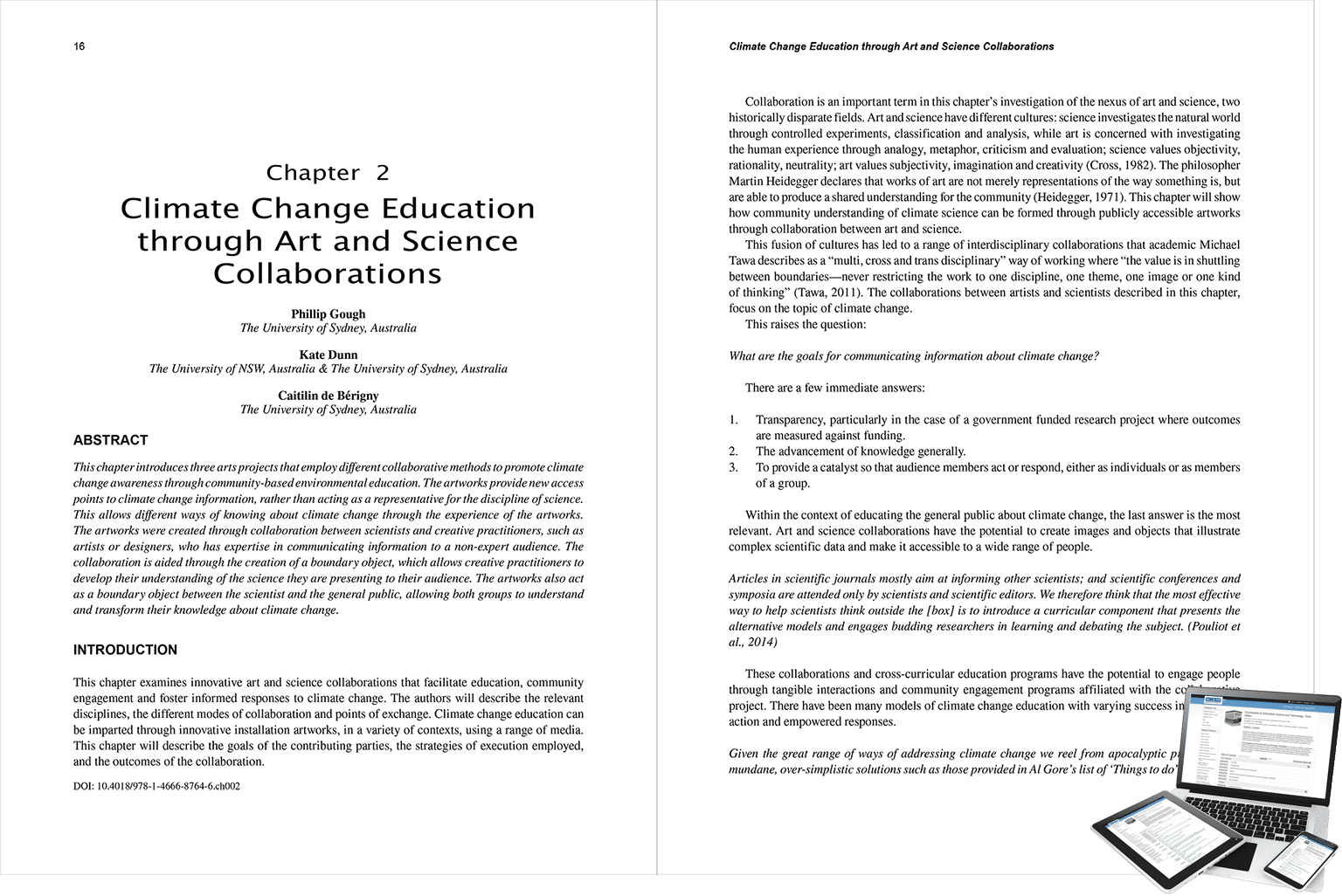Academic publisher IGI Global dramatically increased productivity after developing an agile in-house publishing system with Typefi and Inera eXtyles at the core.
IGI Global is a mid-size academic publisher founded in 1988 and headquartered in Hershey, Pennsylvania.
The company publishes primarily research-based reference books and journals across core subjects including business and management, science, technology, medical, and education.
Reference books are IGI’s most popular product and they can be quite large, sometimes up to 10 volumes with 900 pages in each. Each book can have three to four editors along with up to 12 contributors per chapter.
Historically, print was the main focus for IGI Global. However, that has now expanded to include PDF eBooks, EPUB collections, and on-demand chapters and articles which are available via IGI’s own XML-powered digital platform.
The need for a unified in-house production system
Until 2008, production at IGI Global was a completely manual process.
Each publication was typeset manually using Adobe PageMaker, then later using InDesign. Most of the typesetting was done externally, and there was very little consistency across products.
There was also no centralised system for storing content, which made it challenging to maintain control of assets.
IGI Global realised its systems were unwieldy, unproductive, and costing money and business opportunities. In its search for a solution, IGI Global evaluated outsourcing all production, but ultimately decided to bring production in-house.
“We made the strategic decision to make a large up-front investment in developing an in-house system to gain benefits in the long run,” said Dr Mehdi Khosrow-Pour, President and CEO of IGI Global. “There were no long-run benefits in outsourcing.”
IGI Global needed an automated in-house publishing solution that would provide effective content management, faster production, delivery of XML in formats required by partners, and the ability to easily repurpose content.
A three-part solution: Inera eXtyles + CMS + Typefi
The initial solution was a combination of Inera eXtyles, off-the-shelf content management (CMS) software, and Typefi.
eXtyles was used for editing and converting content to NLM XML. The CMS managed the XML, XSLT, and the interface with Typefi. Typefi enabled automatic composition and layout in Adobe InDesign.
This system went online in 2008. After about two years in service, the IGI Global team did a post-implementation assessment to identify pros and cons of the new process.
The pros were obvious: Typefi enabled IGI to completely eliminate manual typesetting and bring production in-house, while eXtyles and XML-based authoring helped improve consistency.
The only real con was the workflow management provided by the off-the-shelf CMS. It would regularly give errors that were hard to find, hard to fix, and hard to understand which slowed down the production process significantly.

Fixing the gaps & improving the workflow
At this point, the team at IGI began searching for more flexible software for managing the interface between eXtyles and Typefi.
The team ultimately decided to build its own in-house workflow management system, referred to internally as the PUB.
The PUB solved all the problems created by the initial CMS. It still met all the original objectives, was fully integrated with eXtyles, and was easy to connect to the Typefi API.
“I think in a week to two weeks, we had [Typefi and the PUB] in production and they were producing InDesign files instead of using the CMS,” said Clay George, Director of Technology Support for Content Development at IGI Global. “The job management was great.”
Finally, IGI Global began to realise the full potential of Typefi publishing automation.
“The off-the-shelf CMS actually hid the detail of how Typefi really worked,” said Justin North, VP of Technology at IGI Global. “Once we were using the Typefi API, we really began to understand the potential of the software, and the breadth of the API.”
All of IGI’s publications could be produced in this system by 12–14 production staff, with just one specialist designer creating the output templates and setting them up within Typefi.
A robust but complex proprietary solution
With the PUB app, IGI Global could finally take advantage of the true power of Typefi. However, some parts of the process were still time-consuming and labour-intensive.
Specifically, Clay and the engineering team at IGI Global found themselves writing large amounts of proprietary code to make the PUB app work with the system’s other components.
The team was able to achieve some great things using their own code and the PUB app: TOCs and front/back matter could be generated on the fly, EPUBs could be produced automatically, and it was even possible to automate the creation of SVG files for mathematical formulas.
However, this was all built on a bloated proprietary code base. As more capabilities were added, the code base grew to a point where it was nearly impossible to maintain.
“It’s a pro, but it’s also a con,” Justin said. “Every line of code you write, you are now on the hook to maintain.”

Upgrading to Typefi 8
IGI Global first began using Typefi in 2008. At that time, the company implemented Typefi 4 along with InDesign CS4. The company was still using these old software versions until 2023.
Custom code was the only way to make these unsupported versions work for IGI’s needs. The team at IGI Global realised this was unsustainable, so in 2023, the company began planning for a major upgrade to Typefi 8.
Everything that IGI Global achieved using its own code with these outdated versions can be done out-of-the-box with Typefi 8 and the most current version of InDesign.
Typefi 8 can handle TOCs, indexes, multiple output formats including EPUB and HTML, and automated creation of mathematical notation, so there’s no need for IGI to write and maintain its own code.
Additionally, thanks to some upgrades in eXtyles, IGI is now using JATS and BITS instead of NLM. This XML coming from eXtyles is now the true single source for every publication, and Typefi uses this to create all of IGI Global’s final outputs.
Continued growth and production output increases
Dr Mehdi Khosrow-Pour said one of the most pleasing aspects of the project was the ongoing relationship with Typefi, which he jokingly described as a marriage.
“Each side needs a clear understanding of the other side, so that the relationship benefits both. Typefi really understands that,” he said.
Throughout this relationship, IGI Global has seen continued benefits—the biggest one being that production volume is now higher than ever before.
In 2008, after the initial Typefi implementation, IGI produced 145 books. Just two years later, despite the CMS and poor workflow management, that number increased by 80% to 260 books.
By 2017, annual production volume was up to 407 books. In 2023, just before the upgrade to Typefi 8, the number reached 667 books.
At the time of this writing, IGI predicted that its annual production volume for 2025 would reach 850 books—another massive increase thanks to the power of Typefi.
“Our production staff is very small,” said Justin. “So these numbers, I think, truly do speak volumes not only to Typefi and the automation they’ve been able to provide us with, but also where we’re heading in the future with our integration with Typefi.”
“Our experience with Typefi has been very positive.”
Ready to take the first step towards revolutionising your publishing?
We’ll work with you to understand the publishing challenges you’re facing and determine which Typefi solution best suits your budget and production requirements. Start by telling us a bit about your publishing needs and we’ll be in touch!
